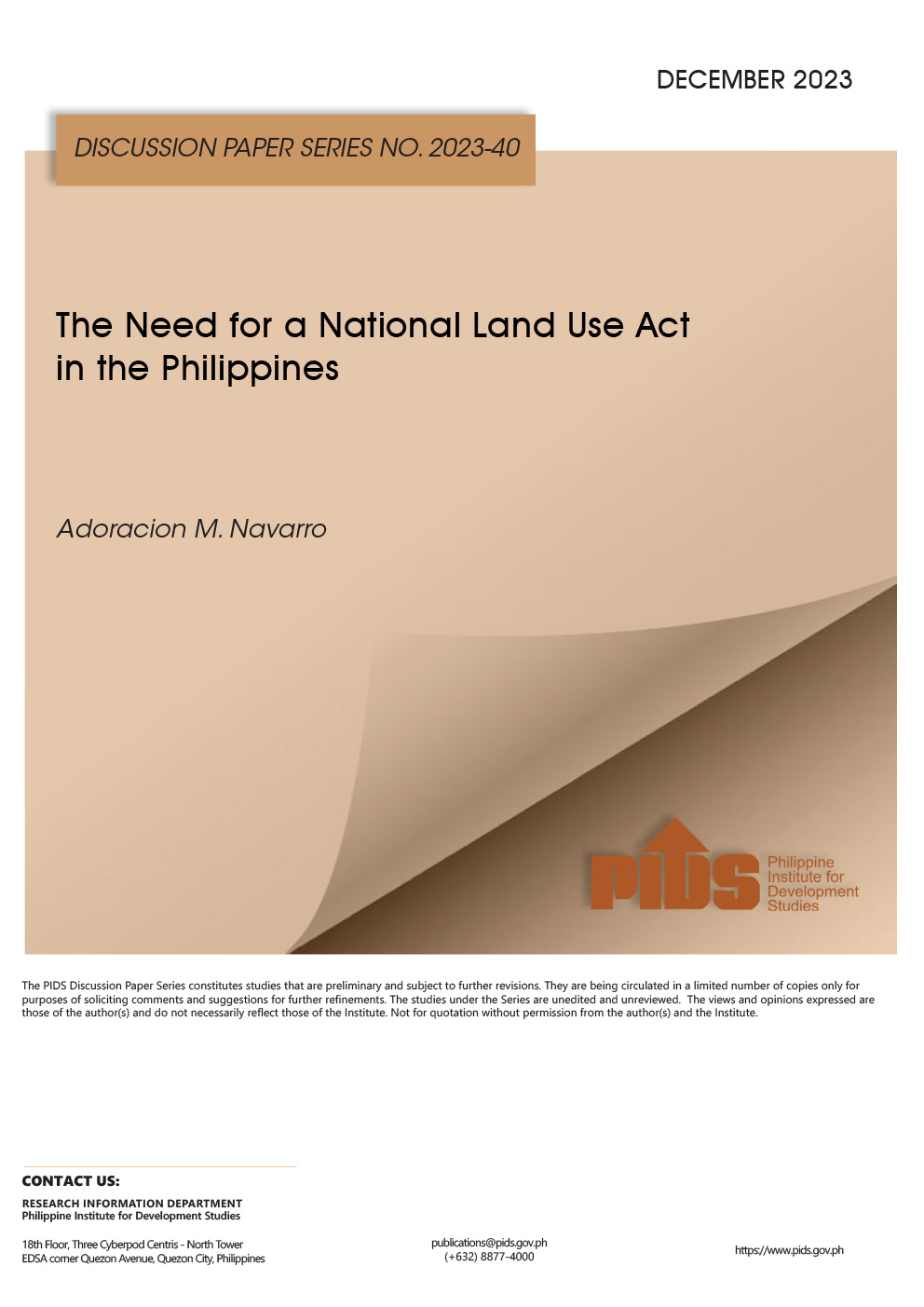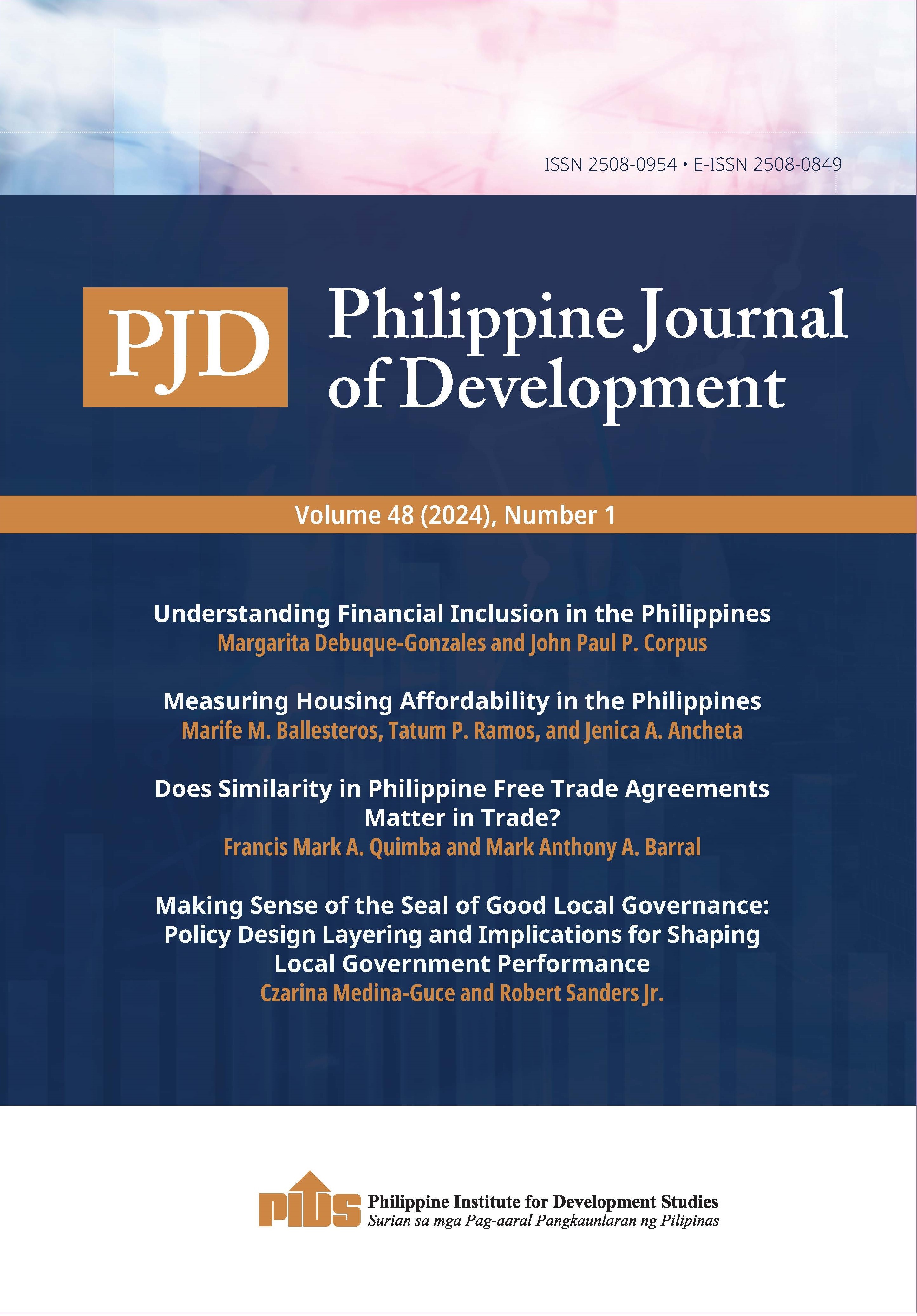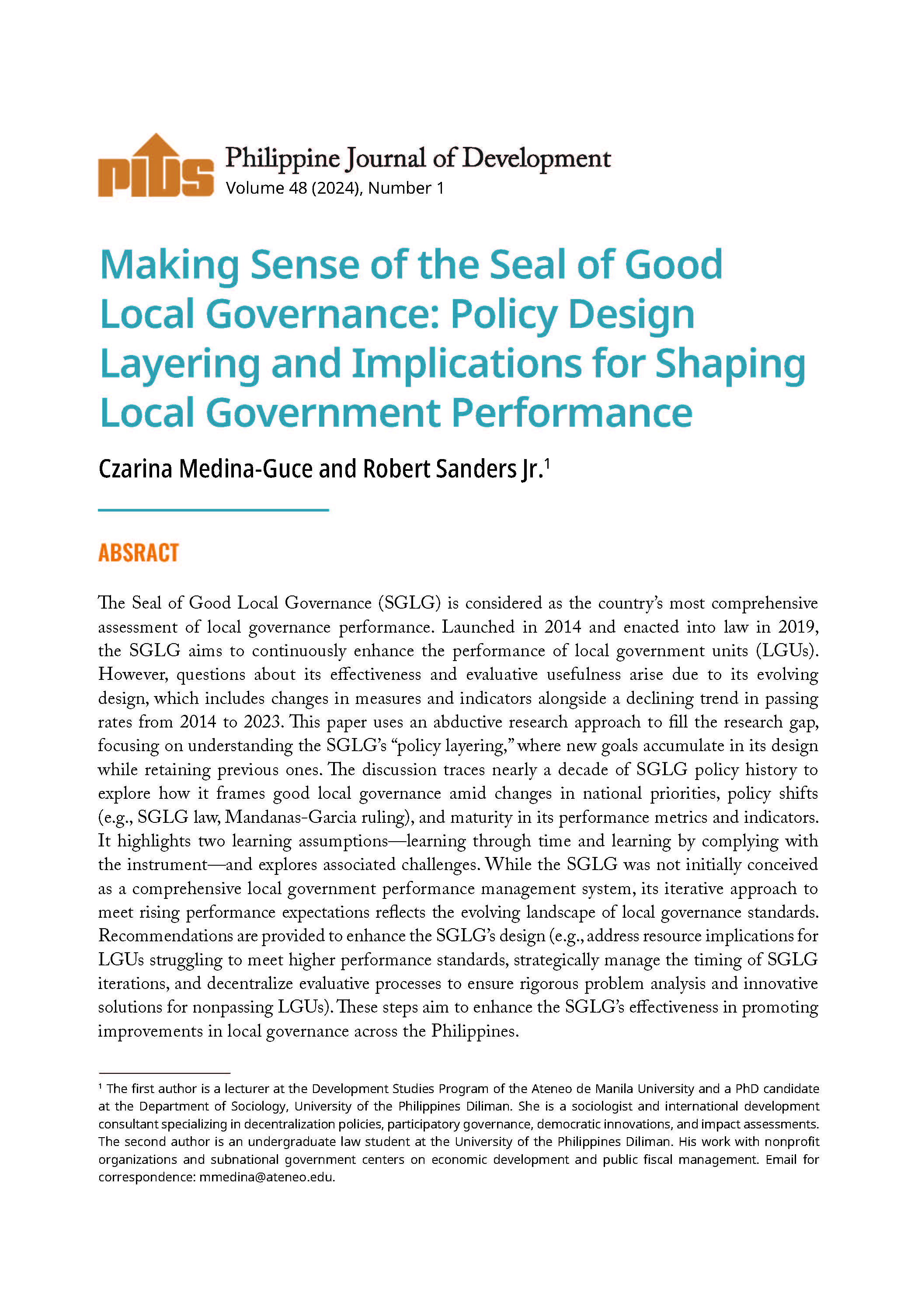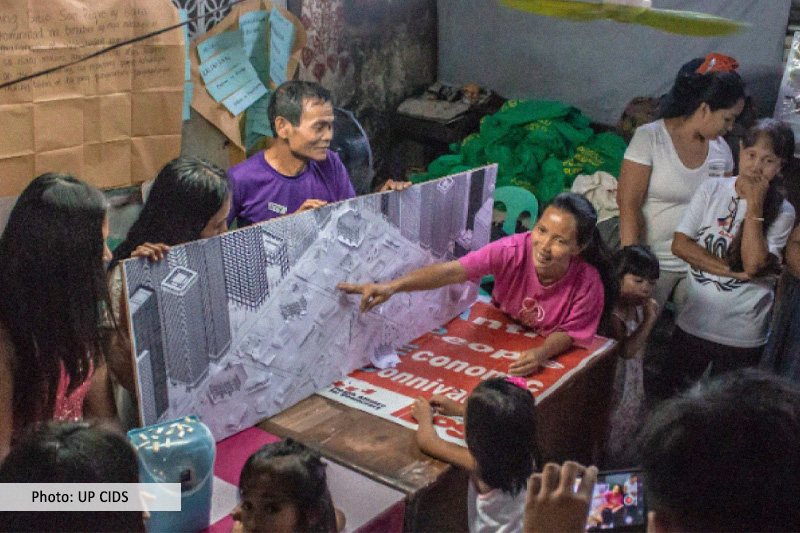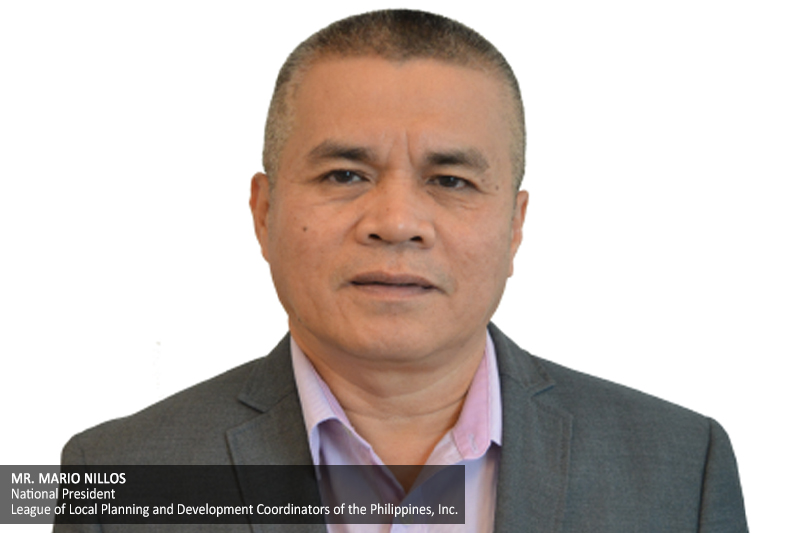
While local governments’ efforts to align their plans with the country’s national development goals are seen to be effective, these need to be sustained.
This was one of the key points raised during a webinar organized by the Philippine Institute for Development Studies (PIDS) and the Department of the Interior and Local Government (DILG).
The webinar featured a PIDS-DILG study that examined how the government’s localization efforts on the Philippine Development Plan (PDP) 2017-2022 and the Sustainable Development Goals (SDG) are faring. It also assessed the effectiveness of the PDP results matrices used in provinces and the National Capital Region (NCR) in achieving these goals.
“The PDP localization effort was well received and is believed to be a useful tool in identifying priority areas of [local government units] and their contribution to national development,” Charlotte Justine Diokno-Sicat, PIDS research fellow and coauthor of the study, said during the virtual event.
However, sustaining these efforts is a challenge.
Mario Nillos, president of the League of Local Planning and Development Coordinators of the Philippines and one of the discussants in the event, said that one way to address this is through institutionalization.
“On the part of the local government unit (LGU), I think the challenge would be to sustain the effort of localization. There are several indicators [and] tools that we are using, like [the Seal of Good Local Governance (SGLG), Community-Based Monitoring System] and the results matrices. We hope that this [localization effort] would be [institutionalized], so that this comes even after the present dispensation. Meaning, it would transcend to the current political administration,” Nillos said.
He noted that at present, “PDP targets change and vary in every change of Philippine government administration.”
Nillos emphasized that other than the issuance of a memorandum circular, “legislation could be enacted to effect full institutionalization” of the localization efforts, similar to the CBMS and SGLG.
This was consistent with the findings of the study. According to Sicat, “there is a demand from LGU officials who [are in the front of] implementing the localization effort to institutionalize and integrate the [provincial/NCR results matrices] as part of the development planning process.”
Nillos, who is also the provincial planning and development coordinator of Iloilo province, provided other recommendations to continue the success of the LGUs’ localization efforts.
One is to clearly stipulate that local planning and development officers should spearhead the localization efforts in their respective LGUs. He also suggested incorporating the PDP and SDG localization into the SGLG as one of its performance indicators. Oversight agencies should also provide continuous capacity building and technical assistance to LGUs. ###
You may watch the webinar at https://www.facebook.com/PIDS.PH/videos/2638614013108939 or https://www.youtube.com/watch?v=JUPEfmbKM5s. For more videos of PIDS events, go to https://www.pids.gov.ph/videos.
This was one of the key points raised during a webinar organized by the Philippine Institute for Development Studies (PIDS) and the Department of the Interior and Local Government (DILG).
The webinar featured a PIDS-DILG study that examined how the government’s localization efforts on the Philippine Development Plan (PDP) 2017-2022 and the Sustainable Development Goals (SDG) are faring. It also assessed the effectiveness of the PDP results matrices used in provinces and the National Capital Region (NCR) in achieving these goals.
“The PDP localization effort was well received and is believed to be a useful tool in identifying priority areas of [local government units] and their contribution to national development,” Charlotte Justine Diokno-Sicat, PIDS research fellow and coauthor of the study, said during the virtual event.
However, sustaining these efforts is a challenge.
Mario Nillos, president of the League of Local Planning and Development Coordinators of the Philippines and one of the discussants in the event, said that one way to address this is through institutionalization.
“On the part of the local government unit (LGU), I think the challenge would be to sustain the effort of localization. There are several indicators [and] tools that we are using, like [the Seal of Good Local Governance (SGLG), Community-Based Monitoring System] and the results matrices. We hope that this [localization effort] would be [institutionalized], so that this comes even after the present dispensation. Meaning, it would transcend to the current political administration,” Nillos said.
He noted that at present, “PDP targets change and vary in every change of Philippine government administration.”
Nillos emphasized that other than the issuance of a memorandum circular, “legislation could be enacted to effect full institutionalization” of the localization efforts, similar to the CBMS and SGLG.
This was consistent with the findings of the study. According to Sicat, “there is a demand from LGU officials who [are in the front of] implementing the localization effort to institutionalize and integrate the [provincial/NCR results matrices] as part of the development planning process.”
Nillos, who is also the provincial planning and development coordinator of Iloilo province, provided other recommendations to continue the success of the LGUs’ localization efforts.
One is to clearly stipulate that local planning and development officers should spearhead the localization efforts in their respective LGUs. He also suggested incorporating the PDP and SDG localization into the SGLG as one of its performance indicators. Oversight agencies should also provide continuous capacity building and technical assistance to LGUs. ###
You may watch the webinar at https://www.facebook.com/PIDS.PH/videos/2638614013108939 or https://www.youtube.com/watch?v=JUPEfmbKM5s. For more videos of PIDS events, go to https://www.pids.gov.ph/videos.

